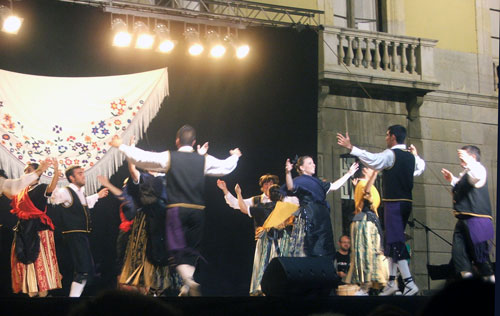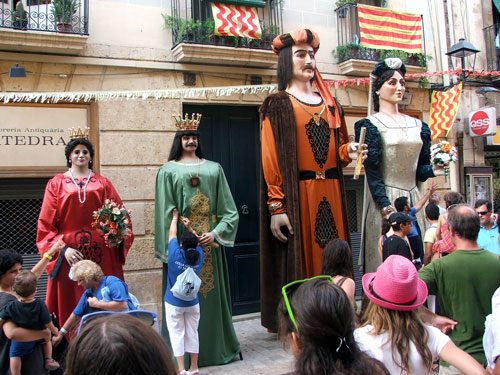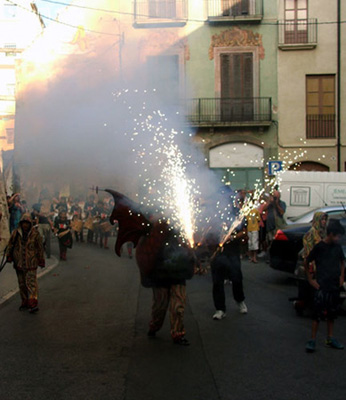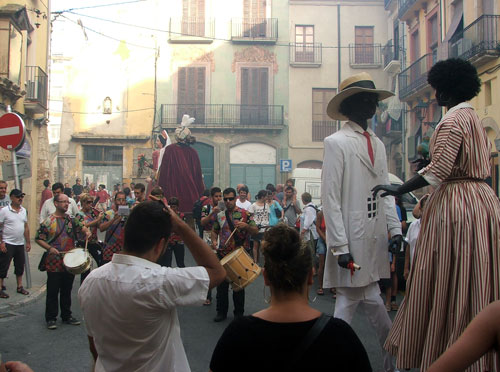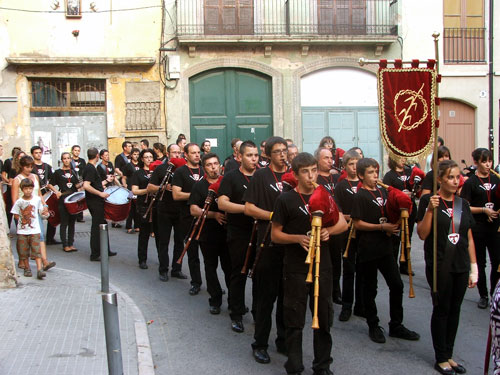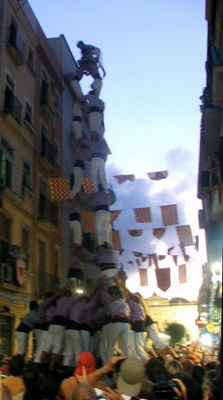 |
 |
 |
Many cities, and often neighborhoods within cities, celebrate a festa major sometime during the year. Often it's the day of the patron saint, sometimes it's a celebration of a harvest, mostly it's a chance to decorate the streets and party the night away. We watched one of these in Tarragona (and visited one or two in Barcelona as well.) The mid-August Sant Magi festival is a water festival. We apparently missed the part where they spray everyone with river water in a main square in town. The larger festa major in Tarragona is the Santa Tecla festival and has fire as the main theme. This Festa Major Petita (translated, essentially to "little big festival") was big enough for us.
